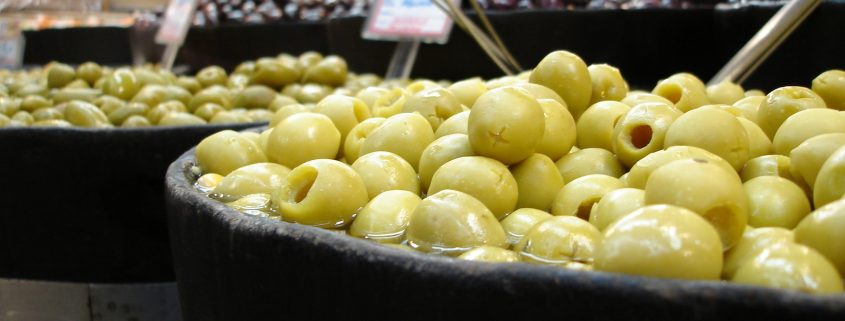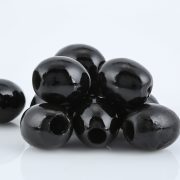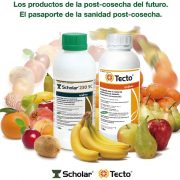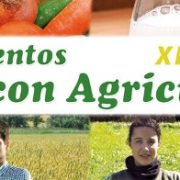EE.UU., Insurance value for Spanish exports of table olives
Growing exports of table olives to the US despite the overall decline of 5% in 2015. ASEMESA Assembly has presented in its sector performance during 2015, which have been exported 346.1 million kilos worth 713.6 million euros. The Association notes that the balance of 2014 was particularly high due to cyclical reasons type and welcomes the results of last year.
The Spanish Association of Exporters and Manufacturers of Table Olive yesterday presented data corresponding sector and its 2015 annual report at its last General Assembly, held for the first time in Merida given the importance of Extremadura in the sector.
According to the Directorate General of Customs, in 2015 exports of table olives they fell by 5,14% compared to 2014. This translates into a total annual export volume of 364.1 million kilos worth 713.6 million euros.
As for destinations, and according to data from the Directorate General of ASEMESA and Customs, exports to the zone by the US, Puerto Rico, Canada and Mexico are the only ones that have increased with 9.81% compared to 2014, while in Russia and Eastern Europe the decrease was 29.96% and in the South Central area of 36.33%. According to the Secretary General Asemesa, Antonio de Mora, “the devaluation of the ruble in Russia and its economic and financial crises have had much to do in the fall in consumption and consequently exports to this important area, as is the case in Venezuela . On the other hand, Brazil increased greatly its imports of olive from Spain in 2014 due to crop failure in Argentina, which is its natural supplier, which has not occurred during 2015 although the export volume is still important and have earned positions market and packaged olives from Spain “.
By country, the US remains the main buyer of olives Spain with 24.9% of total exports. Followed by Italy with 9.7%, France and Germany with 7.6% and Saudi Arabia with 5.3%.
Given the data offered, De Mora recalled that the level of exports in 2014 was very high, which was due largely to reasons of very short term, so the decline in 2015, “must know how to interpret and consider the year as a normalization of sales, as they have not been given the extraordinary factors last year. ”
As for the domestic market, after years, stagnant grew 4.4% in 2014, in 2015 again experienced a rise of 2.3%. In total, according to data from the AICA corresponding calendar year, in 2015 in Spain they were sold 182.1 million kilos, of which 70% were black green guy and rest. Unlike exports, in which the most important variety in volume was hojiblanca in the domestic market remains chamomile.
Memory 2015 and current industry
During the meeting held, it has been discussed several topics of interest, among which the future of the olive grove and especially the more traditional varieties with high production costs, concluding that it is necessary to ensure that the entire production chain competitive. projects protected geographical indications chamomile and gordal of Seville, on which the Secretary General has stated that “as has been communicated to the Government of Andalusia, the IGP’s have created great concern in the sector were also discussed because is trying to appropriate rights and denominations that are general and common use by all, they are not justified, nor are the solution to the problems of these varieties, so Asemesa has asked the Ministry of Agriculture to reflect the desirability of approving projects with more opposition than support within the sector. ”
As for memory, as more relevant last exercise done, De Mora has noted the traditional promotional activity that is still performed through the Interprofessional that during 2015 came to Poland, Russia, UK, France, Spain, US and India thanks to a budget of 4.9 million euros. Secretary General ASEMESA also stressed the draft mechanization in harvesting, as well as “intensive information work to make known to all industries new obligations under the Act on Measures to Improve the Functioning Food Supply Chain, and in full implementation.”
Secretary General ASEMESA highlighted the work carried out in relation to draft a new quality standard table olives, currently in process, and finally, monitoring and collaboration with the Administration of the negotiations of the Transatlantic Partnership Trade and Investment (TTIP), which can mean big profits for the sector.
Source: ASEMESA















